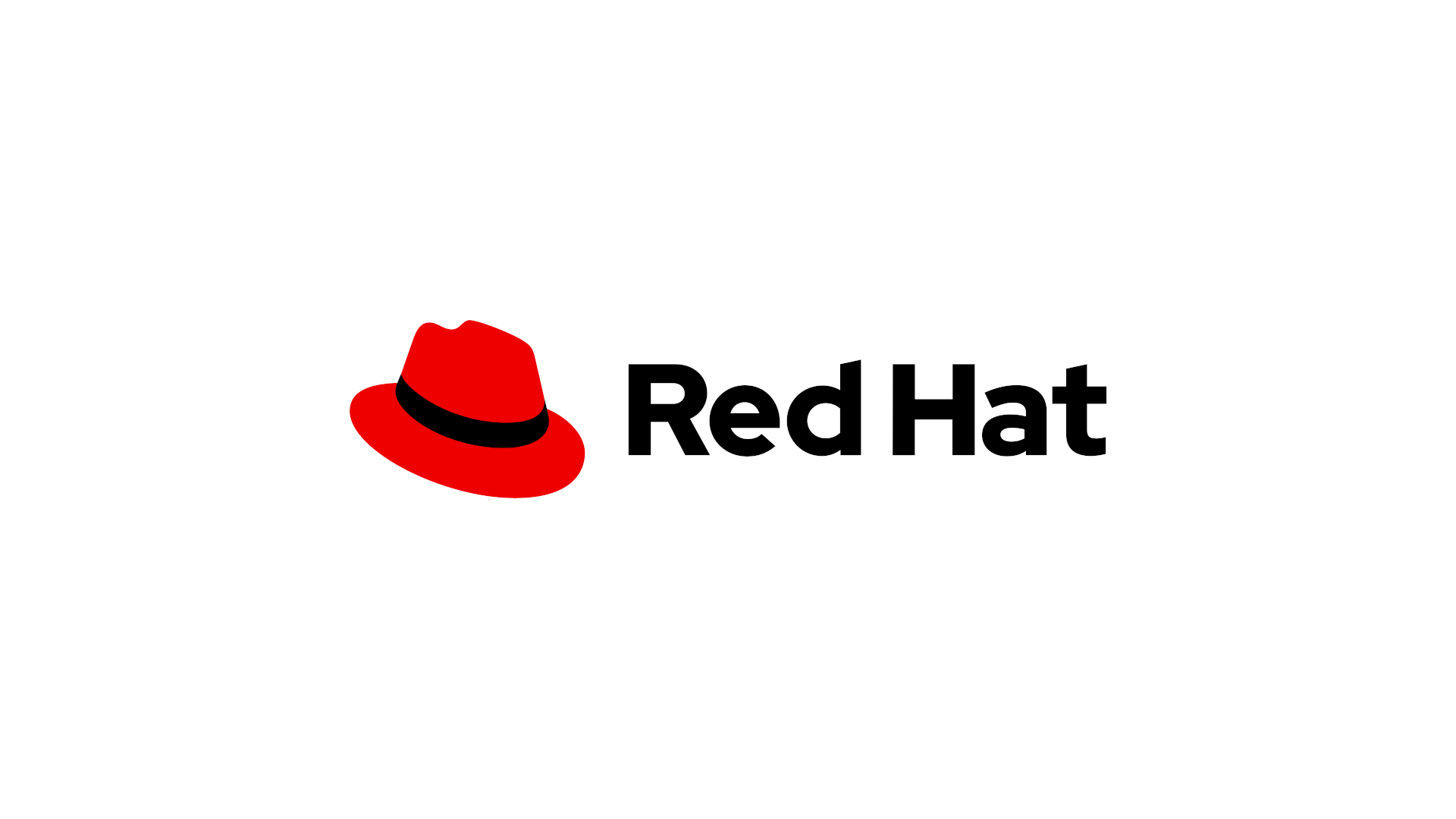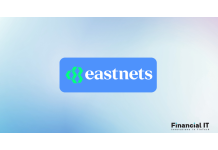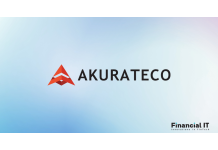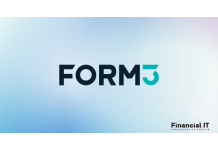Two Partners With Komplett to Combat Rising B2B Fraud...
- 04.09.2025 09:45 am
CIMB Bank Vietnam Migrates Nearly One Million Cards in...
- 03.09.2025 04:25 pm
Eastnets Achieves AWS ISV Partner Status,...
- 29.08.2025 09:45 am
Finastra and NTT DATA Expand Lending Cloud Service to...
- 11.08.2025 09:45 am
Nutanix Recognised Among Top Multicloud Container...
- 04.08.2025 11:40 am
Ecobank Group And Google Cloud Announce Partnership To...
- 02.07.2025 12:55 pm
Akurateco Awarded Substantial AWS Credits to...
- 18.06.2025 11:45 am
Lunar Goes Cloud-Native: First Nordic Bank to Process...
- 18.06.2025 10:25 am
Cboe Successfully Completes Migration Of Cboe Digital...
- 10.06.2025 08:35 am
Equifax UK Becomes First Cloud-native UK Credit...
- 22.05.2025 09:15 am
Arion Bank Strengthens Compliance with Volante...
- 14.05.2025 09:25 am
Form3's Unique Platform Delivers Zero-Downtime...
- 08.05.2025 05:25 pm






















